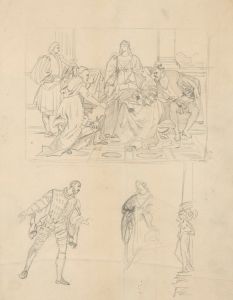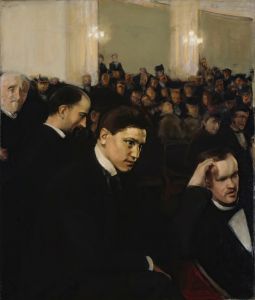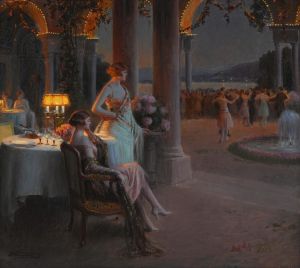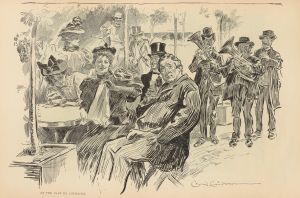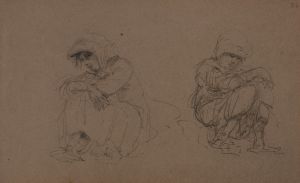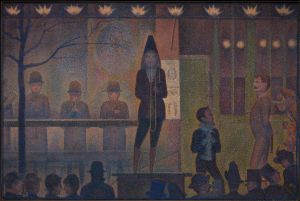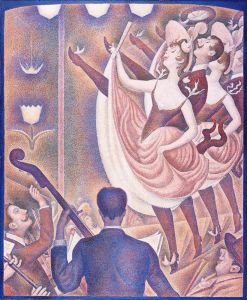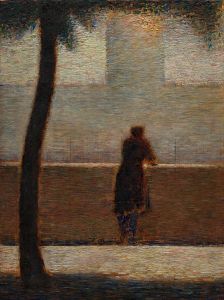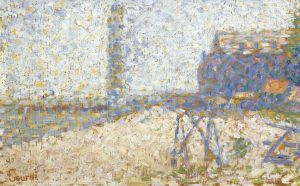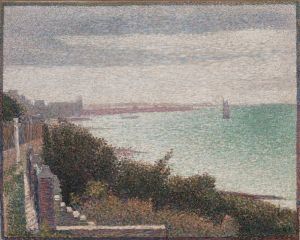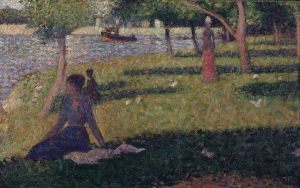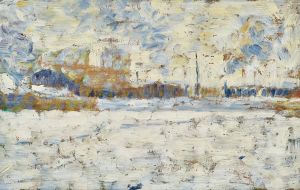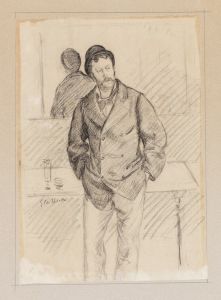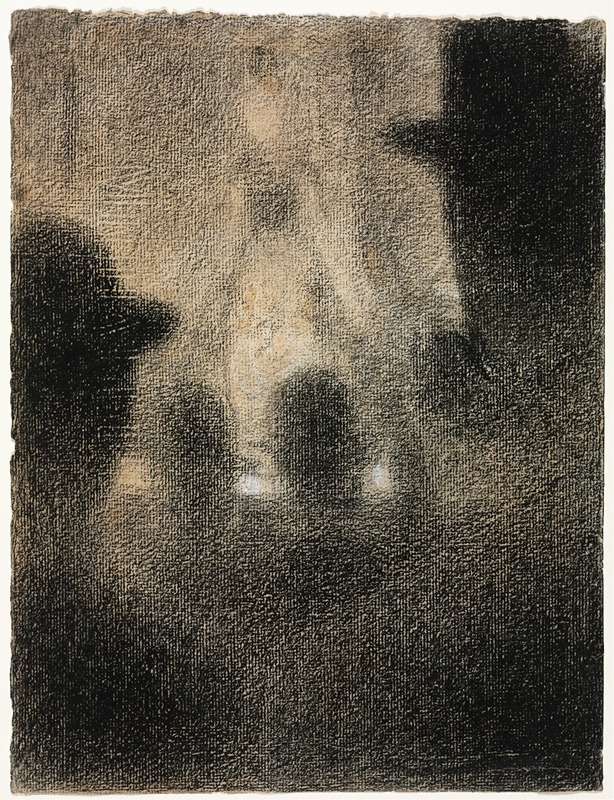
Café-concert
A hand-painted replica of Georges Seurat’s masterpiece Café-concert, meticulously crafted by professional artists to capture the true essence of the original. Each piece is created with museum-quality canvas and rare mineral pigments, carefully painted by experienced artists with delicate brushstrokes and rich, layered colors to perfectly recreate the texture of the original artwork. Unlike machine-printed reproductions, this hand-painted version brings the painting to life, infused with the artist’s emotions and skill in every stroke. Whether for personal collection or home decoration, it instantly elevates the artistic atmosphere of any space.
Georges Seurat's "Café-concert" is a notable work of art that exemplifies the artist's innovative approach to painting and his contribution to the Neo-Impressionist movement. Created in the late 19th century, this painting captures the vibrant atmosphere of Parisian nightlife, a popular subject among artists of the time.
Seurat, born in 1859 in Paris, is best known for developing the technique known as Pointillism, a method of painting in which small, distinct dots of color are applied in patterns to form an image. This technique is a hallmark of the Neo-Impressionist movement, which Seurat helped to pioneer. "Café-concert" is an excellent example of this technique, showcasing Seurat's meticulous attention to detail and his interest in the scientific study of color and light.
The painting depicts a lively scene in a café-concert, a type of entertainment venue that was popular in Paris during the late 19th century. These venues combined the elements of a café with live performances, often featuring music, singing, and sometimes dance. They were social hubs where people from various walks of life could gather to enjoy entertainment and socialize.
In "Café-concert," Seurat captures the essence of these venues with his characteristic style. The composition is filled with figures, each rendered with precise dots of color that blend optically to create a cohesive image when viewed from a distance. This technique not only demonstrates Seurat's skill but also reflects his interest in the scientific theories of color and perception that were emerging at the time.
The painting's color palette is carefully chosen to evoke the lively and somewhat bohemian atmosphere of the café-concert. Seurat uses contrasting colors to create a sense of movement and energy, drawing the viewer's eye across the canvas. The figures in the painting are depicted in various poses, some engaged in conversation, others absorbed in the performance, capturing the dynamic and social nature of the setting.
Seurat's work on "Café-concert" is also significant for its exploration of modern urban life. The painting reflects the changing social dynamics of Paris during the late 19th century, a time of rapid industrialization and cultural transformation. By choosing to depict a café-concert, Seurat highlights the intersection of leisure, entertainment, and social interaction in the modern city.
"Café-concert" is part of Seurat's broader body of work that explores similar themes and techniques. His most famous painting, "A Sunday Afternoon on the Island of La Grande Jatte," also employs Pointillism and examines contemporary life, further cementing his legacy as a pioneering figure in the art world.
Today, "Café-concert" is recognized as an important work in the history of art, illustrating Seurat's innovative approach and his contribution to the development of modern painting. The painting is held in high regard for its technical mastery and its insightful portrayal of Parisian culture during a pivotal era.





